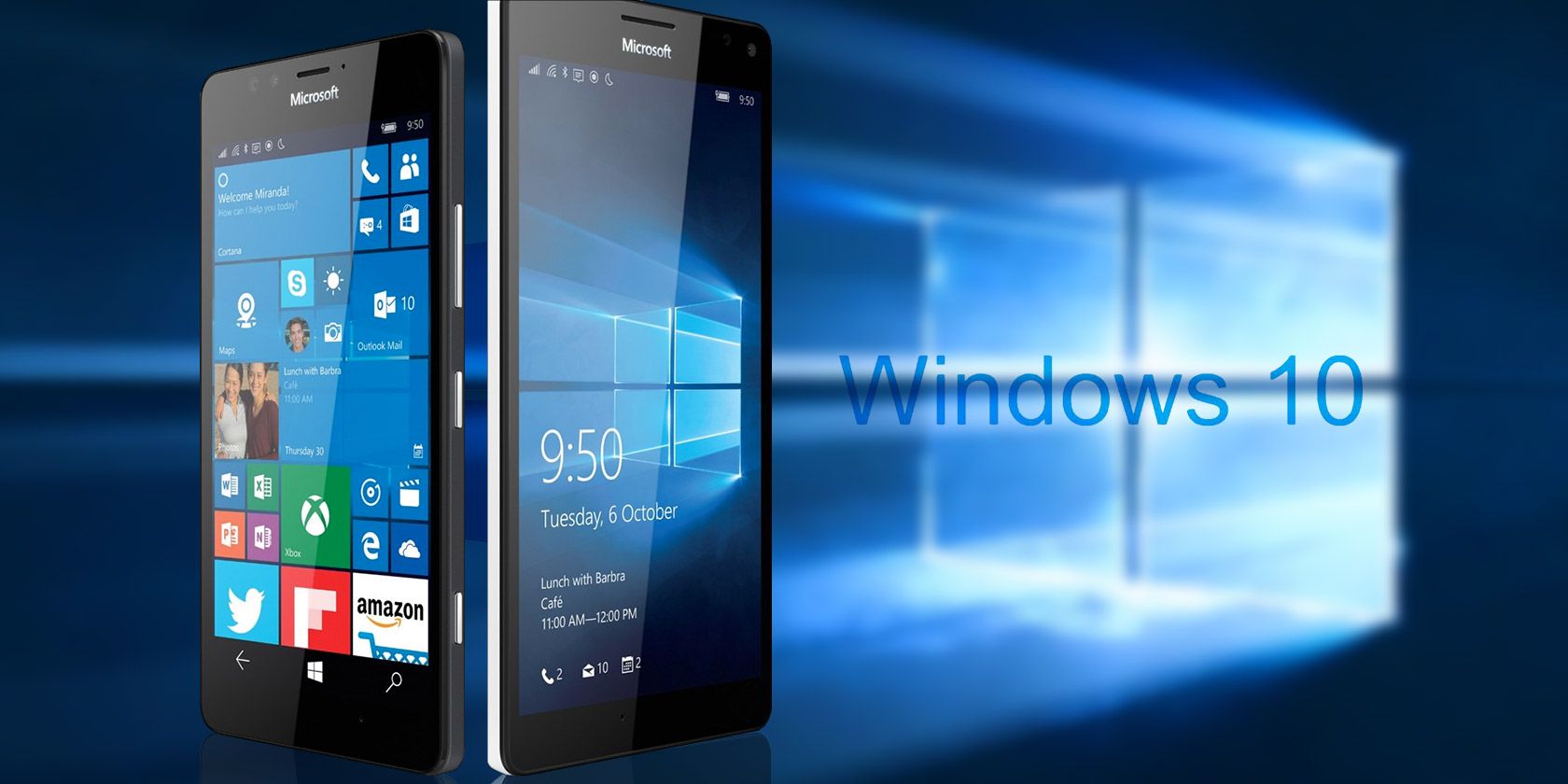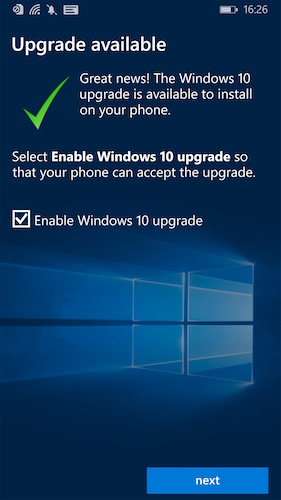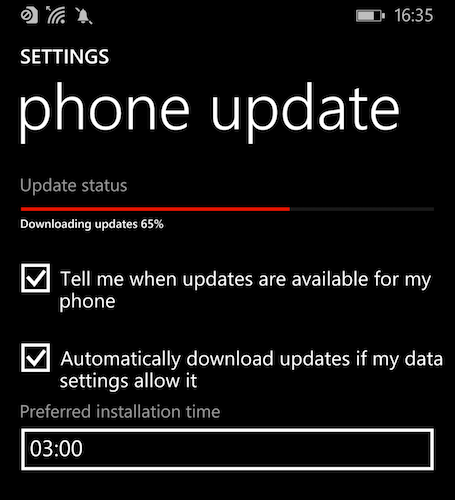Microsoft's launch of Windows 10 Mobile should have been one of the biggest tech news stories of the year. After all, it's not often that a brand-new mobile operating system is launched. But the media buzz you'd usually expect with a major launch simply wasn't there. Social media was quiet.
Could it be that people have finally lost interest in Microsoft's smartphone offerings? Or is it that the launch of Windows 10 Mobile was so ineptly handled, it was doomed from the beginning? Upon reflection I'm inclined to believe the latter. Here's seven reason why.
1. Microsoft Repeatedly Set Launch Dates, and Missed Them
Perhaps the most frustrating thing about the launch of Windows 10 Mobile was how long it dragged on. At one point, it was expected that it would launch during the summer to coincide with the launch of Windows 10 for desktops (we'll touch on that later). This turned out to not be the case.
Then, the launch date was revised to November. Then December. Fans waited with baited breath for it to arrive on their phones. But it didn't. 2016 came, and Windows 10 Mobile was still nowhere to be seen.
The rumor mill took over, as it does when there's a vacuum of information. Just a few weeks ago, there were rumblings that Vodafone in Italy would push out updates to users without the say-so of Microsoft. Microsoft Mexico hinted that Windows 10 Mobile would be launched on February 29.
With each missed release date and each unsubstantiated rumor, the core Windows Phone fanbase became more and more disillusioned. Fatigue set in, and when Windows 10 Mobile finally launched on March 18, few people had the energy to actually care.
2. Not Everyone Who Thought They'd Get the Update Actually Got It
This was probably the biggest slap in the face for Windows Mobile fans.
For the past year or so, owners of Lumia devices with a "2" in the name (like the Lumia 920, 925, and 1020) were able to take part in the Insider program, where they tested new features of the upcoming operating system as they were built. They followed each leap forward with those who owned newer, more powerful phones, like the Lumia 640 and the 830. They knew they'd get an upgrade because Microsoft made a promise to upgrade all Windows Phone 8 Lumia devices as early back as November, 2014.
But when it came to the launch day, they were left in the cold. Microsoft would not be releasing an upgrade for them.
Those with an unsupported phone have three options. They can either purchase a new phone, like the flagship Lumia 950, which was released at the tail-end of last year and ships with Windows 10 Mobile preinstalled. They can use an old Insider Preview build of Windows Mobile 10, which is likely instable and bug-prone. Or, they can stay on Windows Phone 8.1, which is rapidly stagnating.
Ostensibly, this was because Microsoft has struggled to get Windows 10 Mobile to perform well on older and lower-end devices, especially those with 512 MB of RAM. But those with unsupported devices don't care about that. As you can tell from the Windows Phone subreddit, there's a palpable sense of bitterness surrounding this.
3. Microsoft Misinformed About Which Phones Would Get the Update
But Microsoft has done something far worse than not providing updates for older phones.
Windows 10 Mobile has been public knowledge since January 2015. Since then, Microsoft has sold a number of devices that were explicitly advertised as being eligible for the Windows 10 Mobile upgrade on launch day. One of these is the Blu Win Jr, which launched less than a year ago and, specs wise, is virtually analogous to the Lumia 435, although the Lumia has slightly more RAM.
But when the launch eventually came, it turned out that it would not be getting the update.
Worse, even after the launch, Microsoft continued to sell the Blu Win Jr as being Windows 10 Mobile eligible, as one eagle-eyed Reddit user noticed. As you might expect, owners were furious as many of them had bought the phone on the basis it would ultimately get the upgrade.
4. Nobody Could Find the Actual Install App
Microsoft's tactics for getting users to upgrade is radically different when it comes to Windows 10 Mobile. They're all about subtlety. They've adopted a more genteel approach.
Unlike on the desktop, where users were inundated with aggressive pop-ups trying to get them to upgrade, Microsoft has made it more of a choice. You can install Windows 10 Mobile or not, but users are under no obligation to do so.
To actually install the upgrade, you first have to install an application (called simply Upgrade Advisor) which assesses your eligibility, and cues up the download for you. It's at this point where the Windows 10 Mobile comedy of errors takes a slightly surreal turn.
For many people, myself included, the Windows 10 Mobile Upgrade Adviser didn't present itself in search results on the app store. They simply couldn't find it.
I found it thanks to a Reddit thread. But hilariously, one person actually released an application (since deleted, but was downloaded, installed and reviewed a bunch of times) the sole job of which was to point people to the Windows 10 Mobile installer. Let that sink in.
There was another fundamental flaw in Microsoft's upgrade strategy. Because the push for Windows 10 Mobile lacked the enthusiasm they had for the PC version of Windows 10, hardly anyone knew it was available.
You'd have to find out about it from a third-party source, like a technology blog or Reddit. This is why the people who are installing it are probably not that representative of those who use Windows Phone as a whole.
5. The Install Process Was a Fail
Overall, installing Windows 10 Mobile was a life-shortening experience in frustration. The installer was error prone, and frequently got stuck, or failed altogether and had to be rolled-back to Windows Phone 8.1.
Another major frustration was that it repeatedly told me my SIM-free Lumia 640 XL was ineligible for the upgrade, when it actually was. I'd have to wait a few minutes and check again before it would confirm that, indeed, it was eligible.
When you're launching your next big foray into the increasingly lucrative smartphone world, the basic prerequisite is that the installer actually works. But this didn't happen here.
6. The Launch Didn't Coincide with Windows 10 for the Desktop
Windows 10 Mobile has a lot in common with its desktop brethren. Not only do they share much of their source code, but they've also got features designed to make them perfect bedfellows. One that springs immediately to mind is found within the notifications pane – it's now possible to respond to texts and missed calls from your PC, similar to Handoff on the Mac.
When Windows 10 first launched, it presented the perfect opportunity for Microsoft to create a narrative of these products being intrinsically linked. They could have made it seem as though a Windows 10 Mobile is the most essential accessory for a Windows 10 PC. But that didn't happen.
7. Windows 10 Mobile Fails to Address the Problems with Earlier Versions of Windows Phone
For Windows 10 Mobile to survive, let alone succeed, it needs to do two things. First, it has to retain the small market share it has right now. Second, it has to persuade other people to switch. For that to happen, it needs to convince people that Windows 10 Mobile is thriving, that it's still relevant, and still in a constant state of improvement.
This, for the most part, hasn't happened.
Microsoft hasn't been able to reverse the app situation on Windows 10 Mobile, which is terminal. Dead apps are still a massive problem, and Microsoft's efforts with the Universal Windows Platform and Project Islandwood won't reverse that, because the issue isn't with attracting developers, but rather convincing them to stick around.
Of the few apps that are still being maintained on Windows Phone 8.1 / Windows 10 Mobile, hardly any have feature parity with their iOS and Android counterparts. Facebook, which anyone would agree is an essential app, still lacks threaded messages, and the recently introduced reactions.
Windows 10 Mobile fails to address the fundamental missteps that Microsoft has taken (and continues to take) when it comes to localization and support across regions. Take Cortana, for example. This is as fundamental to Windows 10 as Siri is to iOS, and is actually rather good. Yet it is currently only available in a fraction of markets, with most of them centered around North America and Europe.
Furthermore, Cortana only works if your language corresponds with your region. For example, if you are based in the UK and you prefer to use US English (as I do), Cortana won't work. If you're an expatriate living in France or Germany, and you want to use Cortana in your own language, you can't. Given that the largest Windows Phone user base is in Europe, where dozens of languages are spoken and people move around freely, this feels like a colossal error of judgement.
An error that, sadly, remains to be fixed.
Were You Disappointed?
Were you let down by the launch of Windows 10 Mobile? Or do you think I'm wrong, and Windows 10 Mobile is sorely underrated. Tell me about it in the comments below.




